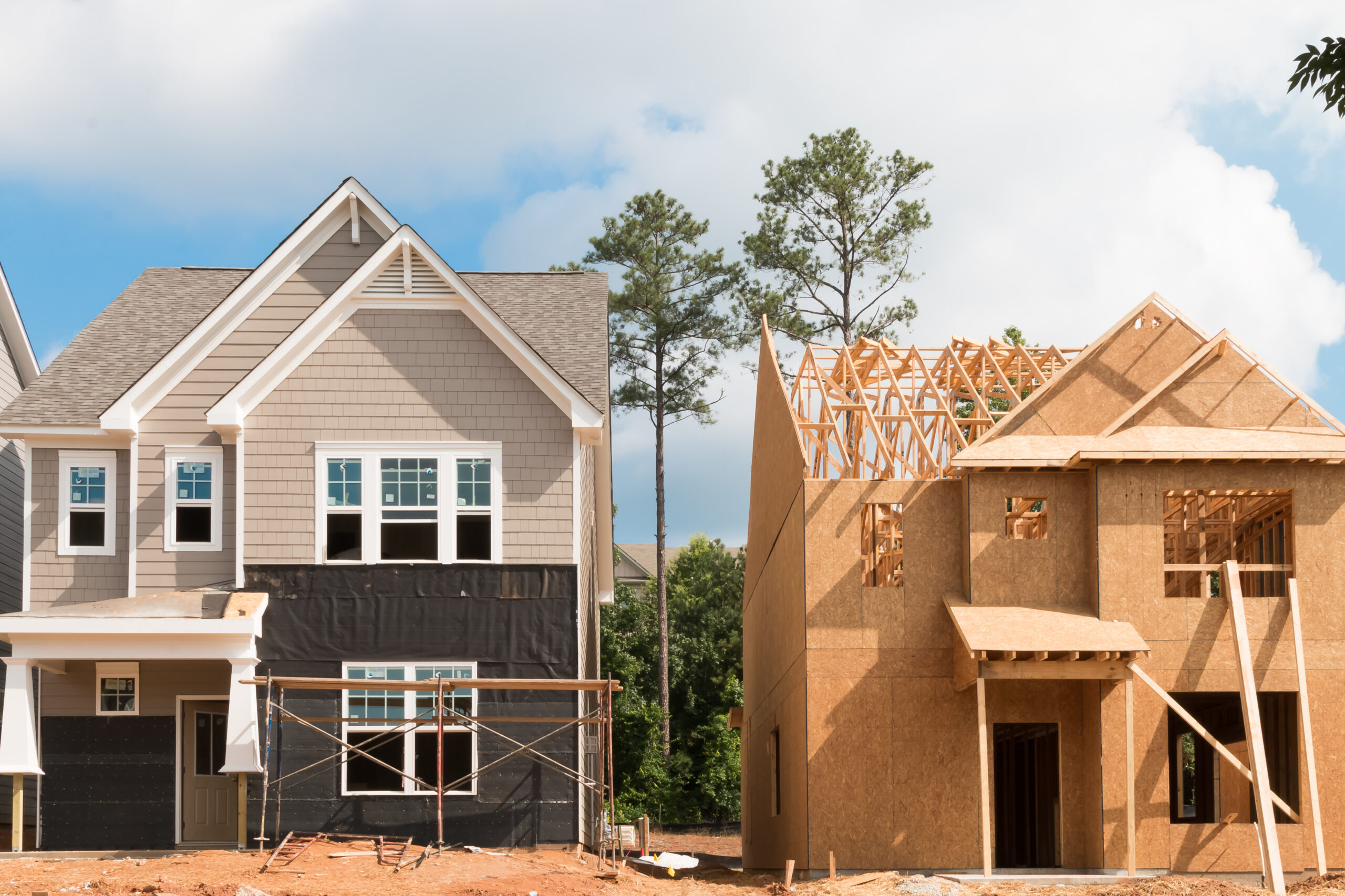Canada continues to face an increasing risk of wildfires, significantly influenced by climate change, which has led to more frequent and severe fire seasons. Unusually warm winters, widespread drought conditions and above normal temperatures across the country are all contributing to the severity of wildfire risks in Canada. Recent wildfires continue to highlight the non-physical damage risk associated from wildfires. From air quality alerts recommending the limitation of outdoor activity to businesses suspending outdoor operations for employees due to health and safety concerns, non-traditional business interruption coverage is key reason why many organizations are turning to parametric solutions to close the risk-to-risk capital gap.
Wildfire Risk and Statistics:
1. Record-breaking 2023 Season: The 2023 wildfire season was the most destructive on record, burning approximately 16.5 million hectares of land, more than double the previous record set in 1989. This season saw over 6,132 wildfires across the country.
2. Early Start to 2024 Season: The 2024 wildfire season began with significant activity, with over 1,000 fires recorded in the first two weeks. As of early June, there were 143 active wildfires, 39 of which were out of control.
3. Regional Impact: Wildfires have been particularly severe in provinces like British Columbia and Quebec. For example, in June 2023, southern Quebec experienced its largest single fire, consuming 460,000 hectares.
Financial Impact of Wildfires in Canada:
1. The Fort McMurray fires caused the largest insured loss in Canadian history, with estimates reaching approximately CAD 3.58 billion in insured damages.
2. The 2023 wildfires in British Columbia’s Okanagan and Shuswap regions resulted in more than $720 million in insured losses, the most expensive insured events in BC’s history.
3. The 2023 total insured damage from wildfires and other extreme weather events in Canada reached over $3.1 billion, making it one of the costliest years on record for insurance claims due to natural catastrophes.
Parametric Insurance for Wildfire Risk
Physical damage isn’t the only concern when a wildfire occurs. Smoke, haze, and air pollution can lead to business interruption losses as well as losses related to employee safety. From health and safety concerns, unplanned absenteeism, to the inability of employees to get to work, the non-physical damage losses can be huge.
Insurers in the wildfire parametric space use satellite imagery, coupled with historical wildfire losses, modelled through various algorithms and data-sources to fully model the risk. Once a loss has occurred and the smoke has disbursed, the damaged areas are calculated, the fire severity is applied, and the payout is quickly calculated based on the burned area values defined and pre-agreed to.
Combining traditional insurance and a parametric solution can further protect your business, reduce risk volatility, and improve your organization’s bottom line.




